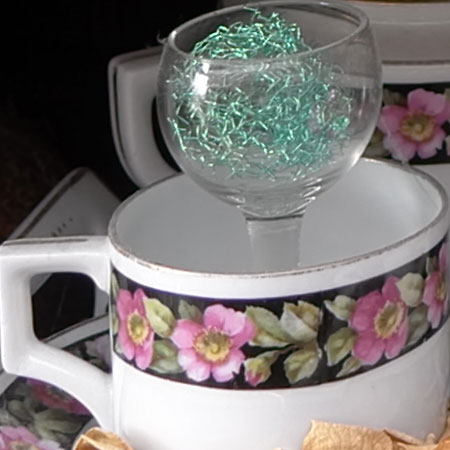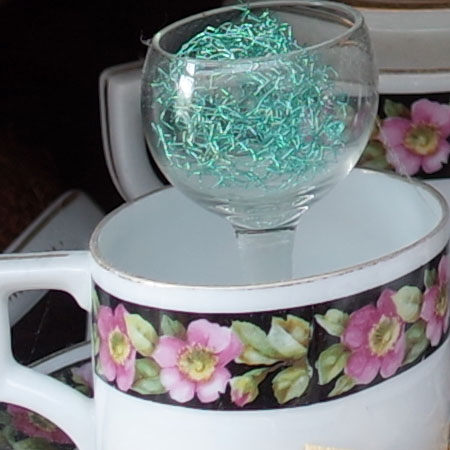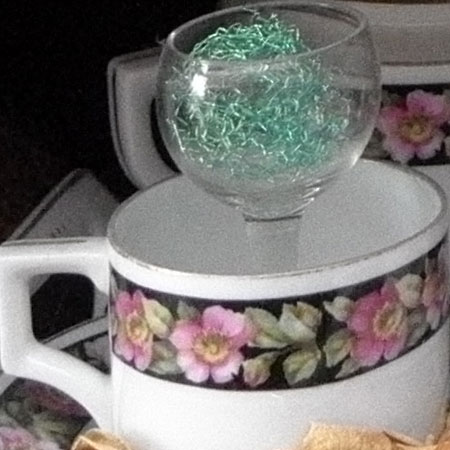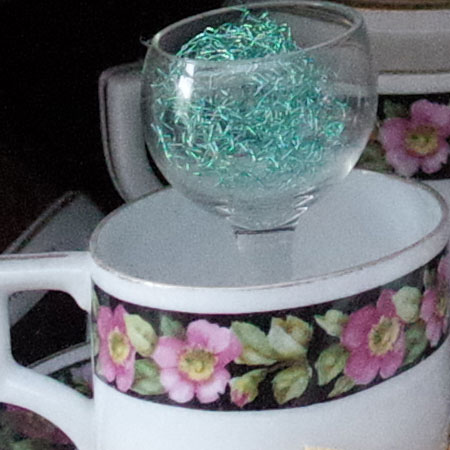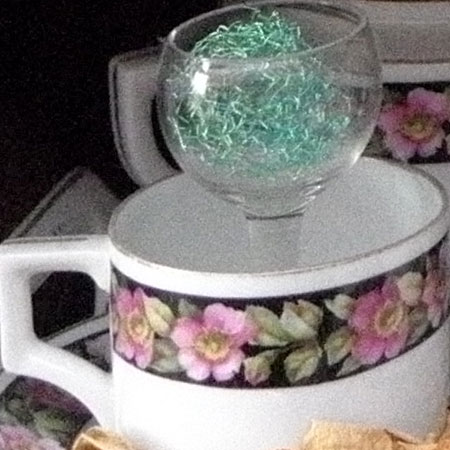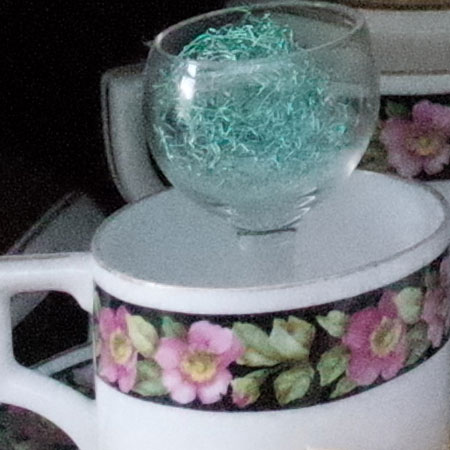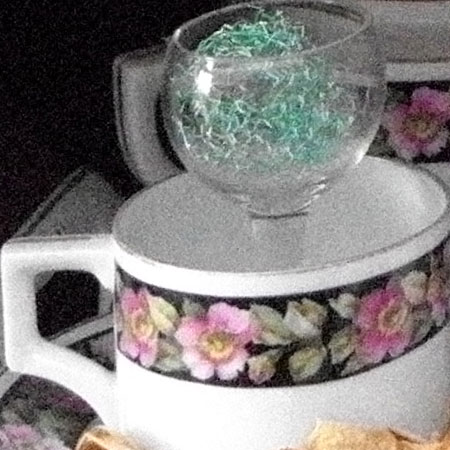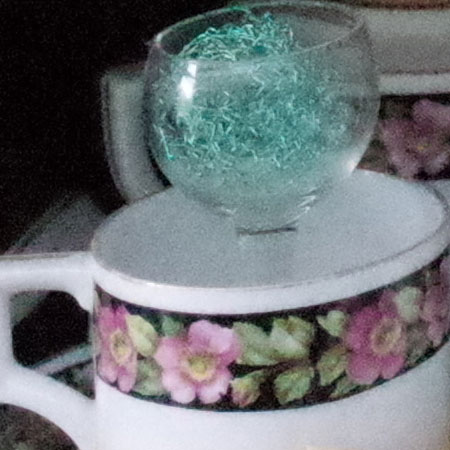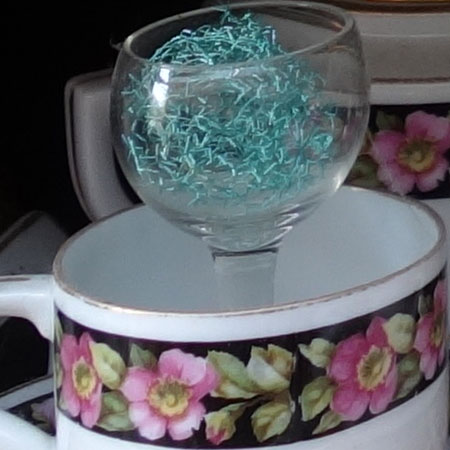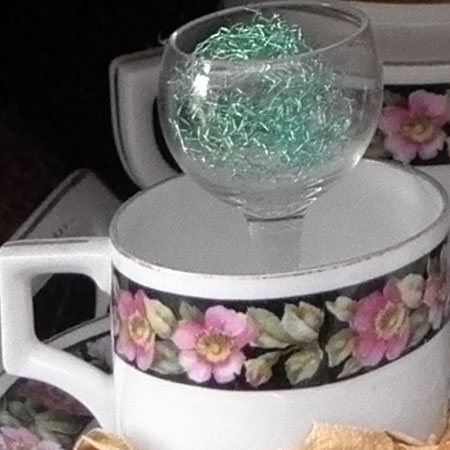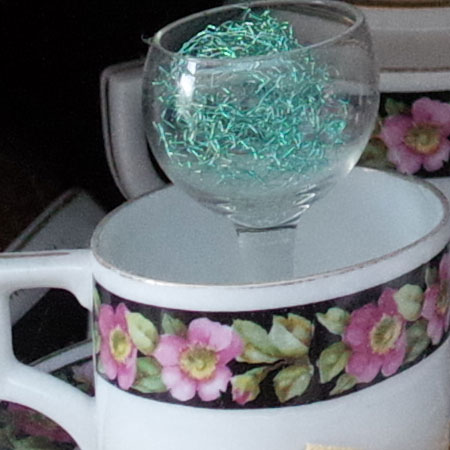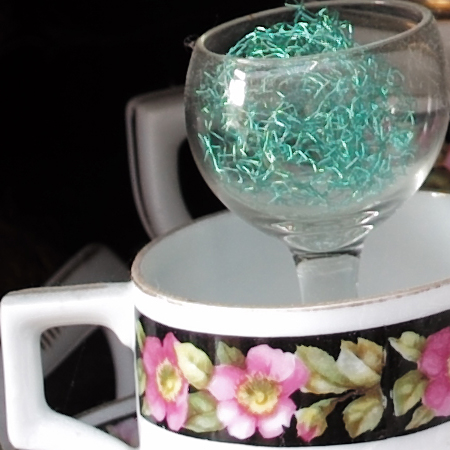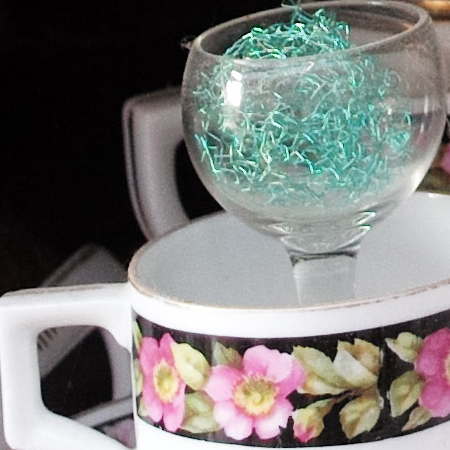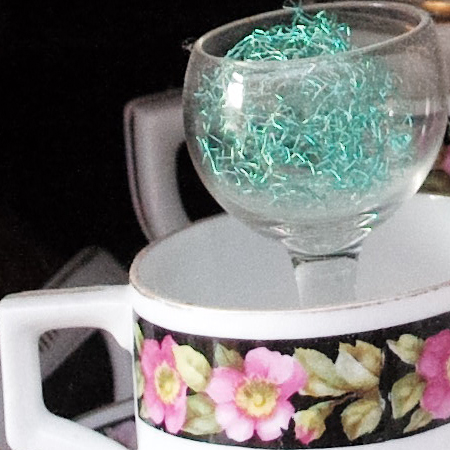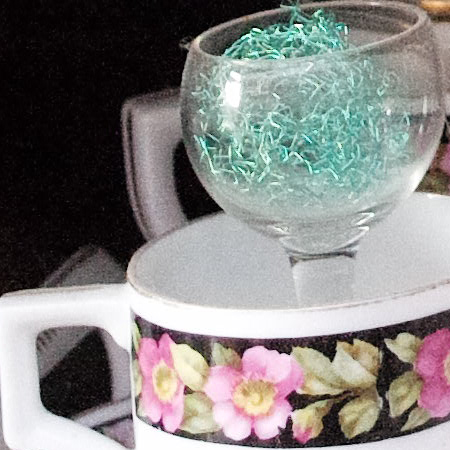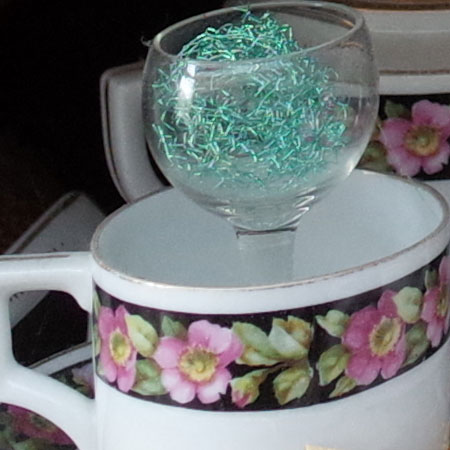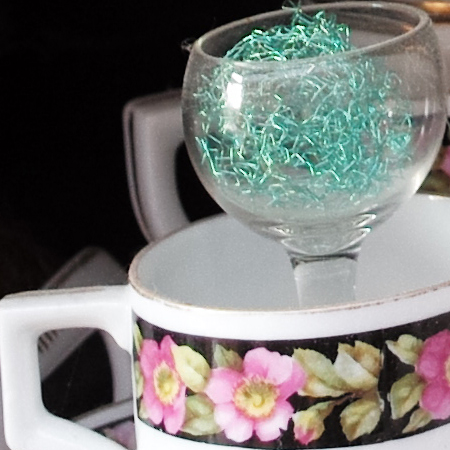General: Physical Limits of Photography: Insufficient Light - Part 3
Part 1 | Part 2 | Part 3 | Part 4 | Part 5 | Part 6 | Part 7
ISO Examples for Different Sensor Sizes - Comparisons | Resumé of the Comparisons | References
In this series of articles, I will describe an example of where photography is reaching the limits of physics, namely, when light is scarce. Many photographers expect even in this case that their camera delivers perfect photos. In this series, I will try to explain why this is not possible. And I would also like to address the differences between large and small sensors, because I have the impression that many owners of compact cameras expect too much from their small-sensor cameras, among others, because they ignore or do not know what the difference implies.
The first part in the series serves as an introduction to the topic, asks for reasons for unsatisfactory, particularly blurry, photos, and discusses possible "countermeasures". In the second and in this third part, which are supplemented by additional pages with test images, I compare cameras with sensors of different sizes with respect to their performance at different ISO values. In the fourth part, I present the concept of an "exposure value" (EV) as a measure of the amount of light that is available for a photo and present sample photos for illustration. In the fifth and sixth parts, I present examples of situations in which only little light is available. For illustration, I provide the exposure values and other photographic data. In the seventh and last part, I try to summarize the results.
ISO Examples for Different Sensor Sizes - Comparisons
On this and associated detail pages, I compare pairs of cameras with sensors of different or of the same size at different ISO values. This should make particularly the differences between sensors of different sizes more evident.
Comparisons of 1/2.3" Sensors and of Those with 1" Sensor
See the following pages for this purpose (and more):
Comparison Leica X Vario vs. Ricoh GR (APS-C)
In order to facilitate the comparison of the two APS-C cameras, one with and one without AA filter, I repeat the comparable photos from both cameras here. I got the impression that, beyond ISO 800, Ricoh "ironed out" noise, but also detail, a little bit more than Leica... For all ISO comparisons see:
| Leica X Vario (Weak AA Filter) | Ricoh GR (no AA Filter) | |
ISO 100 |
ISO 100 |
|
ISO 3200 |
ISO 3200 |
|
ISO 6400 |
ISO 6400 |
|
ISO 12500 |
ISO 12800 |
Comparison Leica X Vario/Ricoh GR (APS-C) vs. Sony RX100 M1 (1")
In order to facilitate the comparison of the two APS-C cameras with the 1" sensor camera, I repeat the comparable photos from all the cameras here - one APS-C camera at a time - against the 1" camera. For all ISO comparisons of the three cameras see:
1) Leica X Vario vs. Sony RX100 M1
Beyond ISO 800, the Sony shows does not necessarily show more noise than the Leica X Vario, but the details are more and more "ironed out" to arrive at a reasonably respectable image. Beginning with, at least, ISO 800, the green wire gets "muddy" on the Sony photos - on the Leica's photos only from ISO 3200 and beyond.
| Leica X Vario (APS-C, Weak AA Filter) | Sony RX100 M1 (1", AA Filter) | |
ISO 100 |
ISO 100 |
|
ISO 1600 |
ISO 1600 |
|
ISO 3200 |
ISO 3200 |
|
ISO 6400 |
ISO 6400 |
2) Ricoh GR vs. Sony RX100 M1
Beyond ISO 800, the Sony shows does not necessarily show more noise than the Ricoh GR, but the details are more and more "ironed out" to arrive at a reasonably respectable image. Beginning with, at least, ISO 800, the green wire gets "muddy" on the Sony photos - on the Ricoh's photos only from ISO 3200 and beyond.
| Ricoh GR (no AA Filter) | Sony RX100 M1 (1", AA Filter) | |
ISO 100 |
ISO 100 |
|
ISO 1600 |
ISO 1600 |
|
ISO 3200 |
ISO 3200 |
|
ISO 6400 |
ISO 6400 |
Comparison Leica X Vario/Ricoh GR (APS-C) vs. Leica M (Typ 240) (full-format)
In order to facilitate the comparison of the two APS-C cameras with the full-format sensor camera, I repeat the comparable photos from all the cameras here - one APS-C camera at a time - against the 1" camera. For all ISO comparisons of the three cameras see:
1) Leica X Vario vs. Leica M (Full-Format)
From ISO 1600 and above, the Leica X Vario shows more noise than the Leica M (Typ 240). Details get also lost earlier.
| Leica X Vario (APS-C, Weak AA Filter) | Leica M (Typ 240) (Full-Format, no AA Filter) | |
ISO 100 |
ISO 100 (PULL) |
|
ISO 1600 |
ISO 1600 |
|
ISO 3200 |
ISO 3200 |
|
ISO 6400 |
ISO 6400 (PUSH) |
2) Ricoh GR vs. Leica M (Typ 240) (Full-Format)
From ISO 1600 and above, the Ricoh GR shows more noise than the Leica M (Typ 240). Details get also lost earlier.
| Ricoh GR (no AA Filter) | Leica M (Typ 240) (Full-Format, no AA Filter) | |
ISO 100 |
ISO 100 (PULL) |
|
ISO 800 |
Leica M (Typ 240) at ISO 800 |
|
ISO 1600 |
ISO 1600 |
|
ISO 3200 |
ISO 3200 |
|
ISO 6400 |
ISO 6400 (PUSH) |
Comparison Leica M (Typ 240) (full-format) vs. Sony RX100 M1 (1")
In order to facilitate the comparison of the full-format camera with the 1" sensor camera, I repeat the comparable photos from both cameras here. For all ISO comparisons of the cameras see:
From ISO 800 and beyond, the Sony does not necessarily show more noise than the Leica M (Typ 240), but the details are more and more "ironed out" to arrive at a reasonably respectable image. Beginning with, at least, ISO 800, the green wire gets "muddy" on the Sony photos - on the Leica's photos it's hard to say...
| Leica M (Typ 240) (Full-Format, no AA Filter) | Sony RX100 M1 (1", AA Filter) | |
|
ISO 100 (PULL) |
ISO 100 |
|
|
ISO 800 |
ISO 800 |
|
|
ISO 1600 |
ISO 1600 |
|
|
ISO 3200 |
ISO 3200 |
|
|
ISO 6400 (PUSH) |
ISO 6400 |
Resumé of the Comparisons
Taking the comparison photos was a lot of work (most photos had to be taken for a second time...). In detail, the results were quite interesting to me, but, of course, they broadly turned out "as expected": the larger the sensor, the higher you can push the ISO value before you get unpleasant results. And, of course, you can push the ISO value much higher, if you need only photos for the Web. The 100% crops (and the originals) are helpful when you ask for optimal quality. They allow you to judge whether the quality suffices for the Web by scaling the photos or clippings to the required size. Photos of special events or objects do not even require a good quality.
Grossly simplified, I conclude from my comparisons:
- For cameras with small sensors in the order of 1/2.3 " (or 1/1.7"), I would not set the ISO value beyond ISO 400. Even with a newer camera from my friends (Panasonic FZ150) using a 1/2.3" sensor, ISO 800 images looked somewhat like "painted" - and with ISO 1600 they did so very clearly.
- For cameras with a 1" sensor, you can, depending on your own taste, set the limit at ISO 800 or ISO 1600. The Sony RX100 M1 clearly shows how details "dissolve into vapor" with increasing the ISO value - in favor of images that are comparatively free of noise. ISO 400 images are again a notch better, and if the light conditions allow, you should not use higher ISO values.
- For cameras with APS-C sensor, at least, those using the older sensor types, my personal "pain threshold" lies somewhere in the region from ISO 1600 to 3200. But, of course, with ISO 800, images look again a notch better, and if the light conditions allow, you should not use higher ISO values.
If you look at the exposure value table in Part 2, you will realize that at low light levels of around EV 3-4 you will find it hard to get below the "magic" exposure time limit of 1/30 s with APS-C cameras. In many cases, it will then be hard to avoid using a flash, if this is possible at all. Simple cameras (or "camera for the masses"...) take this decision away from their owners anyway and activate the flash without asking...
References
- Elmar Baumann: Lichtwert, Lichtwert-Diagramm (www.elmar-baumann.de/fotografie/fragen/lichtwert.html) (in German)
Examples and Comparisons on this Website
The following pages show ISO comparisons within individual cameras or GXR camera units and between GXR camera units:
Ricoh GXR
- ISO Comparisons A12-50, S10, P10 (Ricoh GXR A12-50: APS-C-, 1/1.7"- and 1/2.3" s ensor)
- Daylight Samples A12-28 (Ricoh GXR A12-28: APS-C sensor)
- ISO Comparisons (Ricoh GXR A16: APS-C sensor)
Ricoh GR
- ISO Samples - Candle Light (APS-C sensor)
- ISO Samples - Day Light (APS-C sensor)
Sony RX100 M1
- ISO Samples - Day Light (1" sensor)
Leica X Vario
- ISO Tests (Tungsten) (APS-C sensor)
- ISO Tests (Daylight) (APS-C sensor)
- ISO Comparisons (Daylight) (APS-C sensor)
Leica M (Typ 240)
- ISO Comparisons (Daylight) (full-frame format sensor)
- ISO Comparisons (Tungsten) (full-frame format sensor)
| 14.02.2016 |
